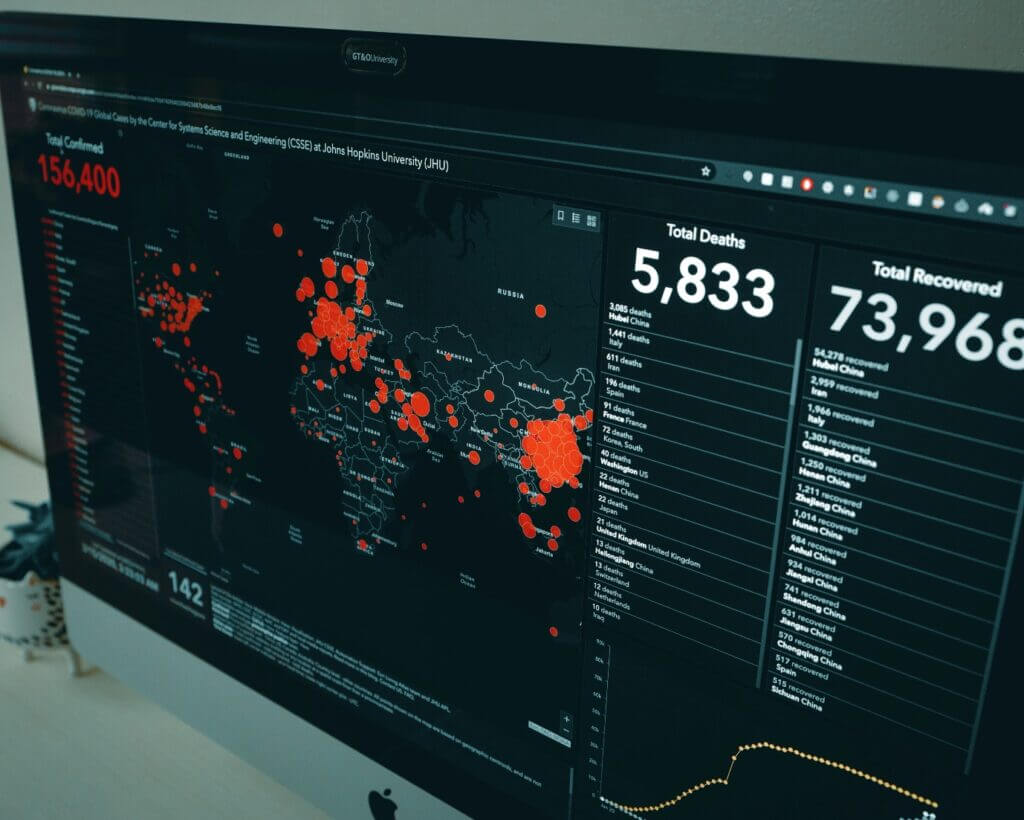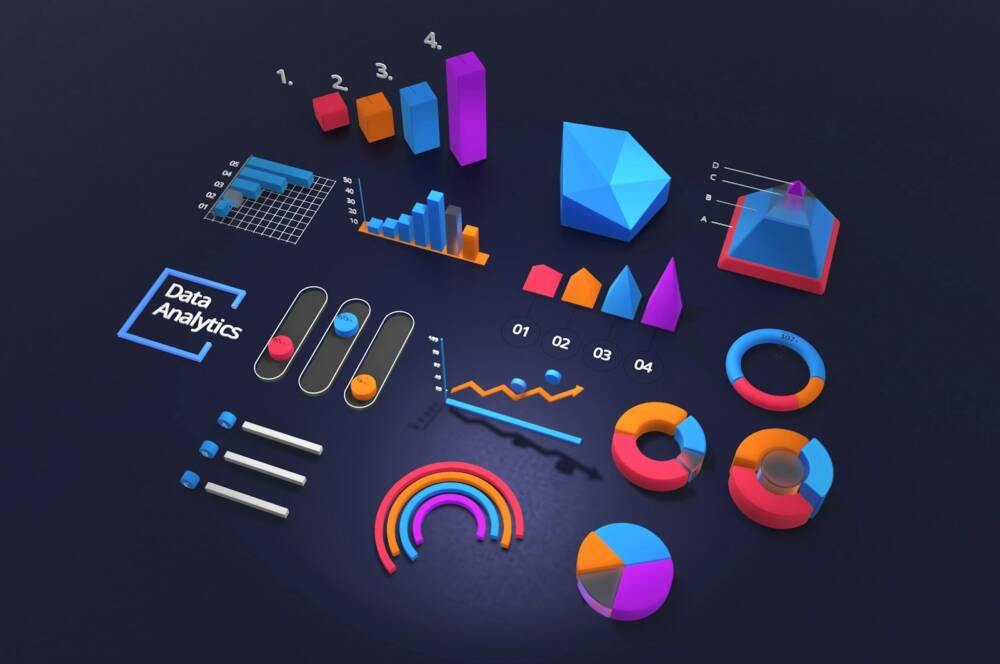Location analytics for many businesses has shown to be a useful application for points of interest data. Is there a way to make POI data even more precise and useful for your company, though? Find out by reading on.
POI data consist of information that are taken from physical location or practical places with more foot traffic. For instance, a sizable grocery store, a pharmacy, a tourist spot, an office complex, or even that little hot dog shop at the railway station.
Because we don’t always know the exact address or coordinates of a site, using GPS or online maps to find it is the most frequent application for POI data for us, the average person. We only want to get to the closest McDonald’s or gas station, not anywhere else.
So, what is the importance of point of interest for a company? Point of interest provides the crucial location context of particular places. This helps in decision-making, boost interaction with customers, and widen the operation initiatives.

Example of Points of Interest data use case
A good illustration is choosing the location for a new branch of your company in the middle of a city. Let’s imagine you run a store called “Babycot” where you sell baby accessories. In order to make the greatest placement decision possible, it is ideal to use POI to map key elements on a potential site, such as local competition, traffic infrastructure, and other areas essential to your business.
However, using merely raw POI data for location analysis won’t offer you the perspective you require. After all, each area of attraction has a unique importance and draws a variety of individuals in varying numbers. How do we address that and ensure the POI data is as precise as possible?
Grouping POIs into categories
Let’s say you want to utilise the POI data to the fullest. In such situation, classifying them into groups of related places of interest that contain additional specifics within a category type is good.
There are several groups that could be pertinent for our babycot. For instance, clothing stores. While purchasing clothing for themselves, parents may also want to purchase items for their infant. kindergarten, too! A store with baby clothes and toys is located directly next to the kindergarten where parents are picking up their kids. They could thus drop by, right?
In that case, “Shopping – Clothes” and “Education – Kindergarten” could be the categories you employ here.
If you receive a comprehensive list of POIs for the entire nation, keep in mind that not all of them will apply to your situation. Thanks to the categorization, you may choose only the necessary options, saving money and reducing database load.

MKTPlace is a leading digital and social media platform for traders and investors. MKTPlace offers premiere resources for trading and investing education, digital resources for personal finance, news about IoT, AI, Blockchain, Business, market analysis and education resources and guides.













